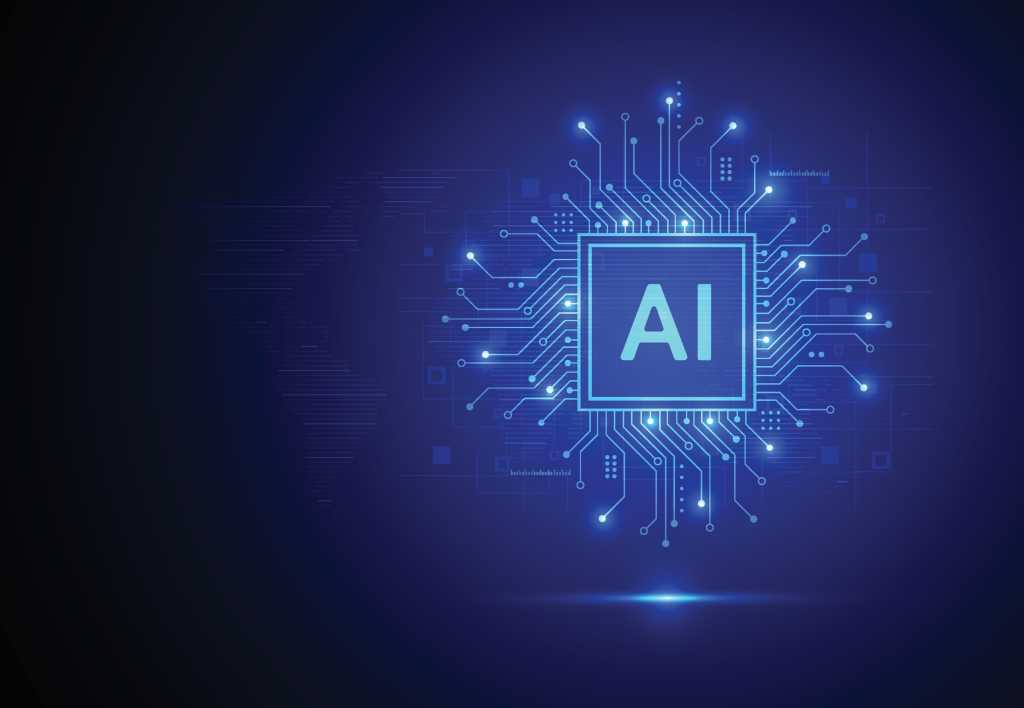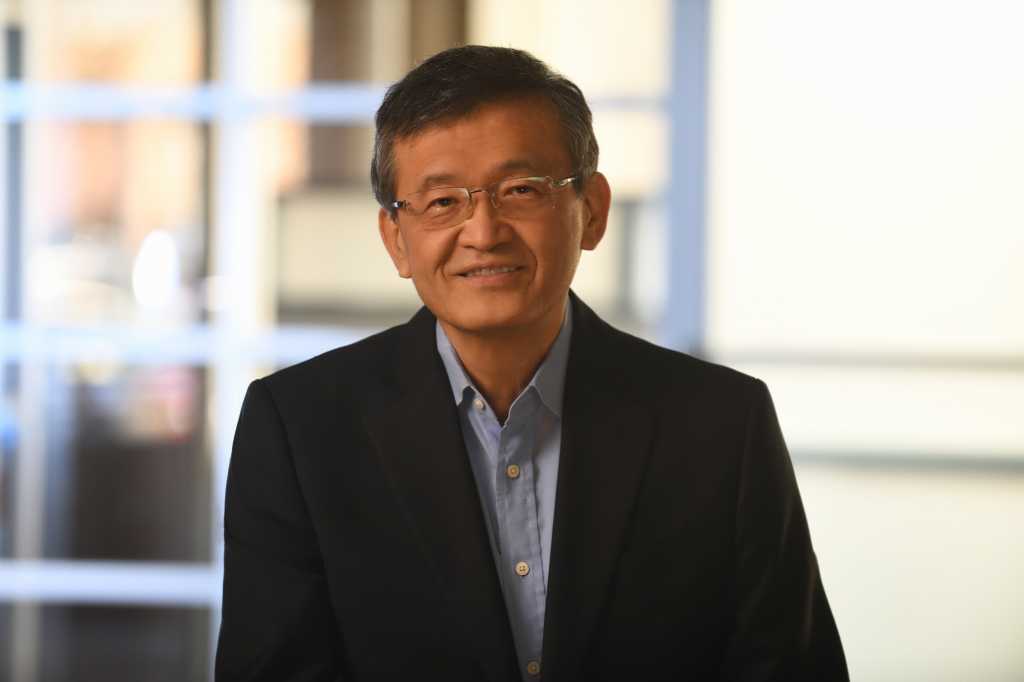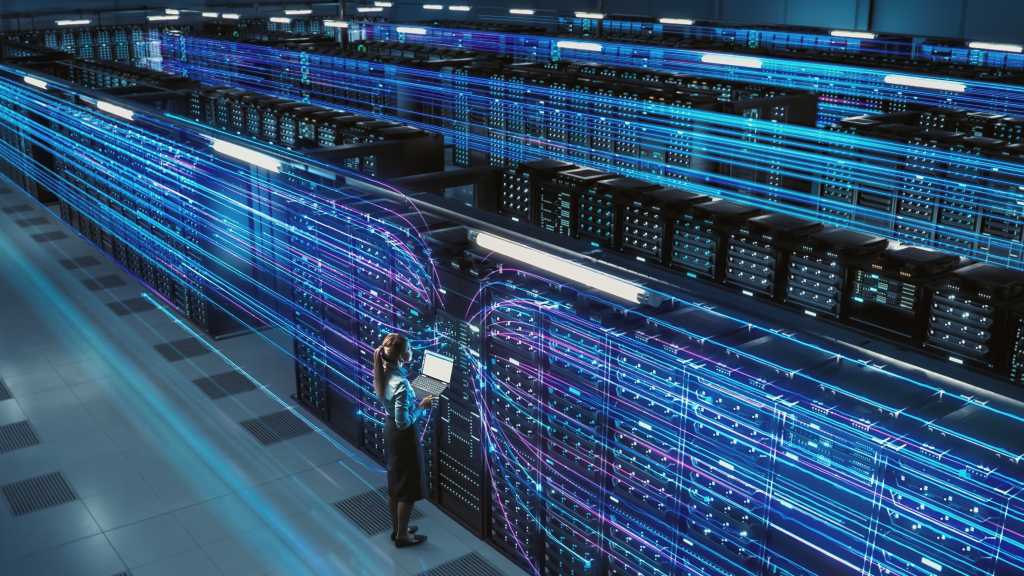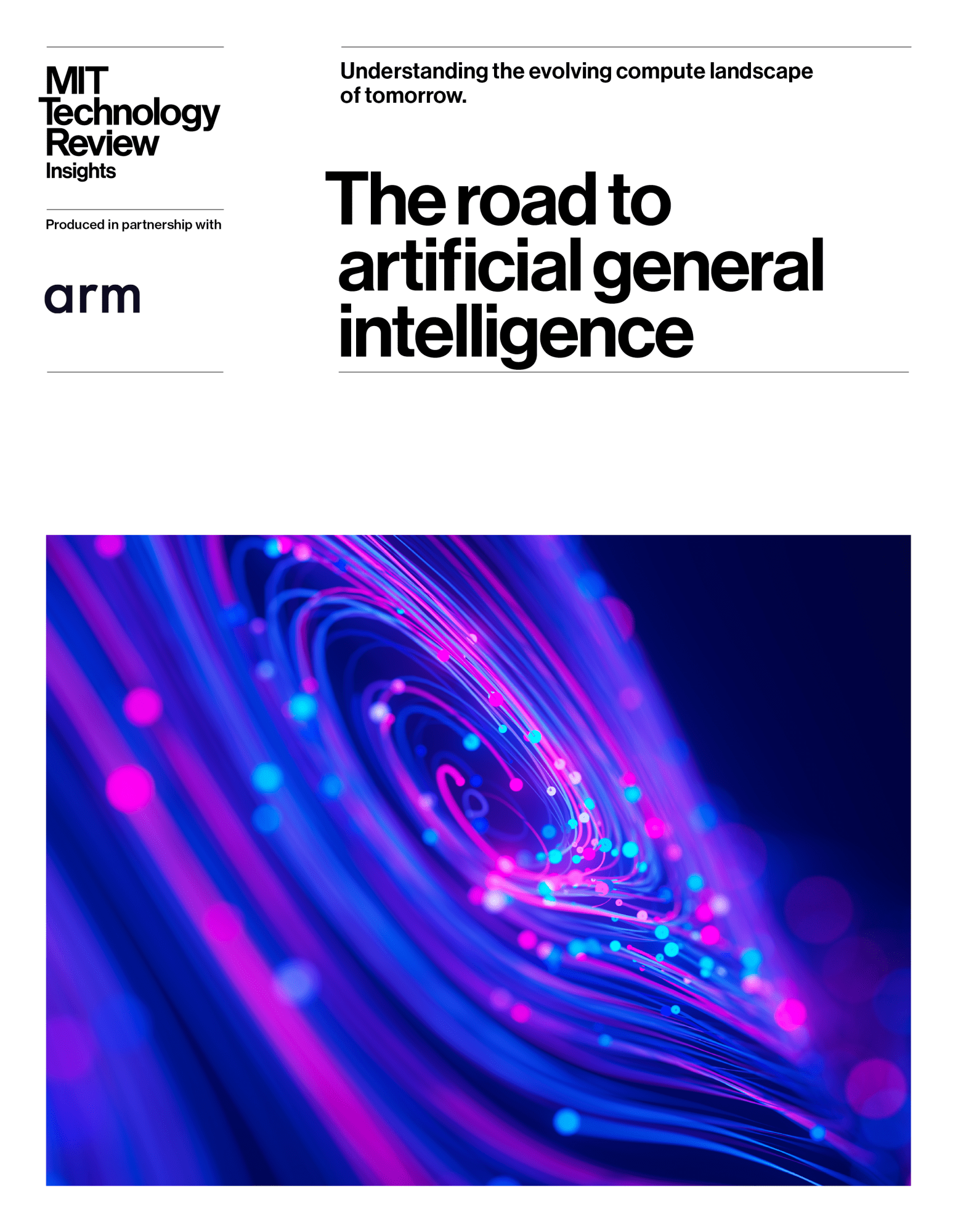This is today’s edition of The Download, our weekday newsletter that provides a daily dose of what’s going on in the world of technology.
Why Trump’s “golden dome” missile defense idea is another ripped straight from the movies
Within a week of his inauguration, President Trump issued an executive order to develop “The Iron Dome for America” (rebranded the “Golden Dome” a month later.) The eruption of a revived conflict between Israel and Iran in June has only strengthened the case for an American version of the Iron Dome in the eyes of the administration.
Trump has often expressed admiration for Israel’s Iron Dome, an air defense system that can intercept short-range rockets and artillery over the small nation and that is funded in part by the United States.
But in the complicated security landscape confronting the world today, is spectacle the same as safety? Read the full story.
—Becky Ferreira
This story is from our forthcoming print issue, which is all about security. If you haven’t already, subscribe now to receive future issues once they land.
MIT Technology Review Narrated: Can nuclear power really fuel the rise of AI?
In the AI arms race, all the major players say they want to go nuclear.
Over the past year, the likes of Meta, Amazon, Microsoft, and Google have sent out a flurry of announcements related to nuclear energy. Some are about agreements to purchase power from existing plants, while others are about investments looking to boost unproven advanced technologies.
These somewhat unlikely partnerships could be a win for both the nuclear power industry and large tech companies. But there’s one glaring potential roadblock: timing.
This is our latest story to be turned into a MIT Technology Review Narrated podcast, which we’re publishing each week on Spotify and Apple Podcasts. Just navigate to MIT Technology Review Narrated on either platform, and follow us to get all our new content as it’s released.
The must-reads
I’ve combed the internet to find you today’s most fun/important/scary/fascinating stories about technology.
1 OpenAI has restored GPT-4o as the default for paying users
And Sam Altman has promised “plenty of notice” if other changes are made. (VentureBeat)
+ The GPT-5 rollout has been plagued with issues. (WSJ $)
2 Perplexity has offered to buy Chrome for $34.5 billion
That’s way more money than Perplexity itself is worth. (WSJ $)
+ The company is definitely shooting its shot. (TechCrunch)
+ However, none of the deals it floats generally come to fruition. (The Information $)
3 A US appeals court has permitted DOGE to access sensitive citizen data
It rejected unions’ attempt to block it on privacy grounds. (WP $)
+ DOGE’s tech takeover threatens the safety and stability of our critical data. (MIT Technology Review)
4 US military officials are preparing to launch security satellites into space
After over a decade in highly secretive development and testing. (Ars Technica)
5 Scientists want to test a carbon removal project in the Gulf of Maine
To see whether the ocean can be engineered to absorb more carbon. (Undark)
+ Seaweed farming for carbon dioxide capture would take up too much of the ocean. (MIT Technology Review)
6 UK traffic to porn sites has plummeted
Ever since the country introduced age-checking measures. (FT $)
7 AI eroded doctors’ ability to spot cancer
Their ability to spot tumors fell by around 20% within just a few months of adopting it. (Bloomberg $)
+ And their skills degraded pretty quickly—within months. (Time $)
+ Why it’s so hard to use AI to diagnose cancer. (MIT Technology Review)
8 The UK is asking residents to delete emails during a drought 📧
In a bid to save water used to cool data centers. (404 Media)
+ Needless to say, there are far easier ways to save water. (The Verge)
+ The data center boom in the desert. (MIT Technology Review)
9 Hair loss may be becoming a thing of the past 👨🏼🦲
What’s next for Jeff Bezos? (NY Mag $)
10 Your old electronics could contain a tiny hidden doodle
A passionate group of collectors are trying to seek out the chip etchings. (NYT $)
Quote of the day
“It’s so sad to hear users say, ‘Please can I have it back? I’ve never had anyone in my life be supportive of me. I never had a parent tell me I was doing a good job.'”
—Sam Altman explains why some users have requested the company return ChatGPT to its previous more sycophantic ways, Insider reports.
One more thing

Palmer Luckey on the Pentagon’s future of mixed reality
Palmer Luckey has, in some ways, come full circle.
His first experience with virtual-reality headsets was as a teenage lab technician at a defense research center in Southern California, studying their potential to curb PTSD symptoms in veterans. He then built Oculus, sold it to Facebook for $2 billion, left Facebook after a highly public ousting, and founded Anduril, which focuses on drones, cruise missiles, and other AI-enhanced technologies for the US Department of Defense. The company is now valued at $14 billion.
Now Luckey is redirecting his energy again, to headsets for the military. He spoke to MIT Technology Review about his plans. Read the full interview.
—James O’Donnell




















